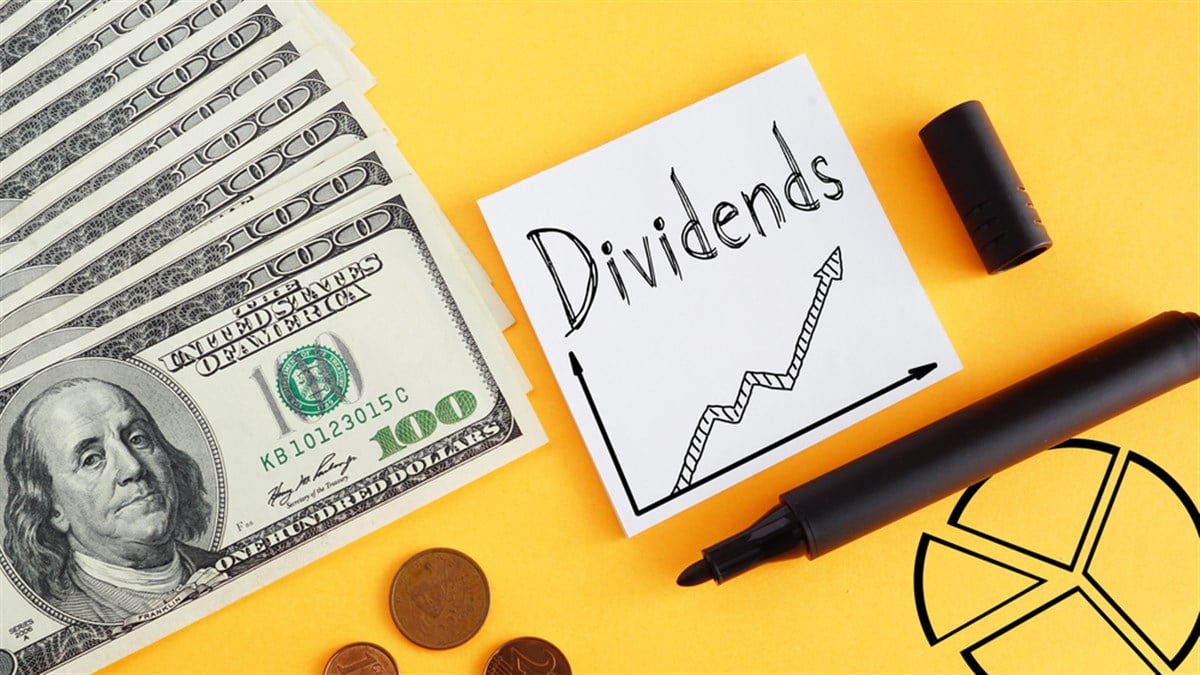
For dividend-paying companies, maintaining dividend growth is an essential way to demonstrate to investors that a firm is stable and enjoys long-term profitability. Dividend growth is also attractive to investors because it means an increasing passive income stream through stock ownership. Some investors also subscribe to the belief that dividend growth is an important factor in determining a company's stock price, as in the case of the dividend discount model.
Investors seeking to capitalize on dividend growth might seek out a targeted ETF like the ProShares S&P 500 Dividend Aristocrats ETF (BATS: NOBL), which tracks S&P constituents that have steadily increased dividend payouts for at least 25 years.
CI: Significant Dividend Growth and Signs of Being Undervalued
The Cigna Group (NYSE: CI) is a health services and insurance business that currently has an annualized dividend payout of $5.60. Though its dividend yield is just 1.65%, considered below ideal by many dividend investors, its dividend growth rate is sky-high. The company enjoys an annualized 3-year dividend growth rate of nearly 400%.
Beyond this significant dividend growth, CI presents a sustainable dividend payout ratio of just under 46%, meaning that its earnings comfortably cover its dividend payouts.
Analysts widely see Cigna shares as undervalued, as the company's stock has upside potential of almost 16% based on consensus price estimates. Cigna also offers stability found only among blue-chip stocks, as it has its origins in insurance companies dating back 200 hundred years.
CDW: Solid Dividend Gains Alongside Earnings History
CDW Corp. (NASDAQ: CDW) is an IT services company that most recently paid a quarterly dividend of 62 cents in August, about double the payout from the same time five years ago and 10 times the payout from a decade ago.
The firm has a strong history of dividend increases and an attractive dividend payout ratio of 30.96%, which should reassure investors that the company is managing its dividend payments effectively and sustainably.
Supporting the growth of CDW's dividend payments is its strong earnings history, and analysts expect that to continue based on a projected earnings growth rate of 9.0%. The company did recently report a decline in revenues amid a challenging period for the IT industry more broadly, but at the same time it has improved its gross margin to maximize its revenue potential as the industry-wide headwinds ease.
CTRA: Dividend Performance and Aggressive Buyback
Coterra Energy Inc. (NYSE: CTRA) has grown its dividend by about 26% per year for the last three years and now offers an annualized dividend of $0.84 and a fairly competitive dividend yield of 3.39%. Across the energy industry, dividend yields have tended to be strong as share prices have struggled relative to the broader market. Indeed, Coterra shares are down about 6% in the last year.
Like other energy firms, Coterra has been subjected to declining oil prices, leaving its production levels and profit margin to fluctuate. Still, Coterra has outperformed analyst expectations in operational metrics such as cash flow per share and Wall Street sees strong earnings growth of nearly 38% to come.
What helps Coterra stand out to dividend investors is its aggressive share buyback program to return capital to investors. The company completed buybacks totaling well over 100% of free cash flow in the second quarter. While this pace may not be sustainable over the long term, it nonetheless supports the view that Coterra shares are undervalued. Analysts have set an average price target of $32.24, more than 30% above current price levels.
Looking Beyond Dividend Growth
Dividend growth is just one important factor to consider when looking at dividend stocks. Investors should also watch for a company's dividend yield, a measure of how much a firm pays out in dividends relative to its stock price—a higher dividend yield may mean that the company provides a more enticing prospect for investors looking to maximize their dividend payout compared to how much they spend on a stock, but it can also mean that a company is not reinvesting its profits into its business to fuel expansion. Payout ratio—a measurement of a company's dividend relative to its income—is also revealing. Companies may pay significant dividends but have a negative payout ratio, potentially indicating losses in the latest period, which is typically unsustainable.